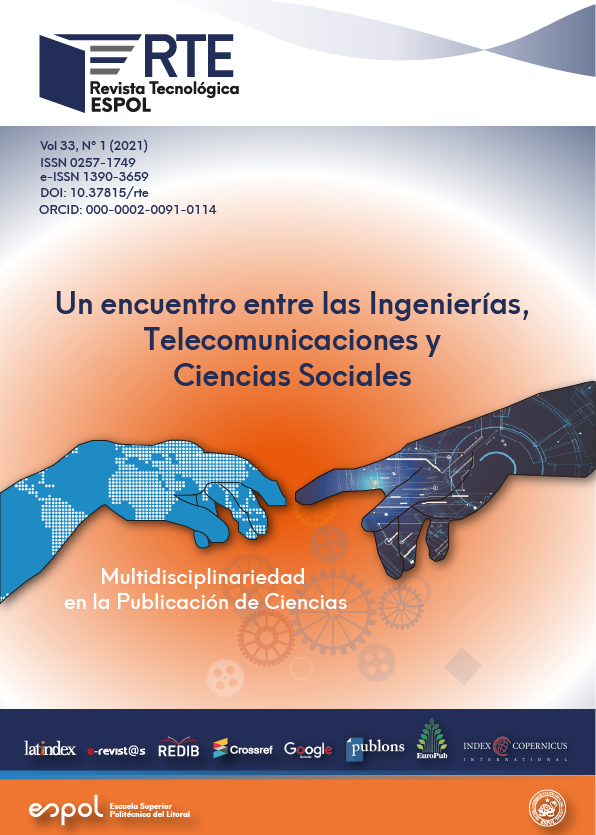Peach palm is a typical tropical exotic fruit of the jungles in the South and Southwest of Colombia, with regional ancestral roots in the communities. It is traditionally consumed fresh or cooked, coming from La Palma de Chonta. Annually, 44 tons of peach palm peels are generated in the Cauca, Valle del Cauca, and Putumayo regions. Each region contributes a third of that production. Some industries have begun to develop by their mass consumption, creating novel ways of presenting their pulp. These industries generate a by-product in their process called peel with pulp adhesion, during the peeling operation. The objective of this work is to add value to this product by making an emulsified paste that serves as an ingredient for food preparation in which peach palm is the organoleptic characteristic. The operating conditions found by laboratory experimentation are described, and quantitative values are established for these conditions. Composition (nutritional table), physicochemical, microbiological, and shelf-life analyses were carried out and these values are used to scale the process to industrial size. The product concept tests show interesting potential characteristics, it opens a new line derived from peach palm, a paste that facilitates the addition of a stable ingredient, which refers to the flavour of peach palm in dishes or food formulations. This creates the convenience of production year-round, with immediate availability and no need for fruit processing.

This work is licensed under a Creative Commons Attribution-NonCommercial 4.0 International License.







